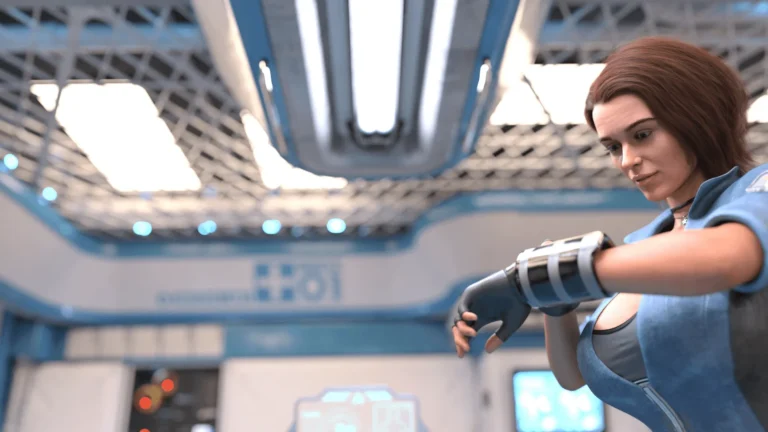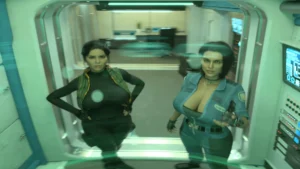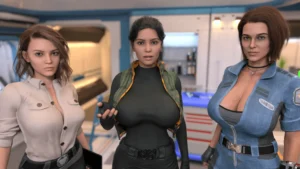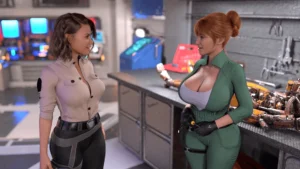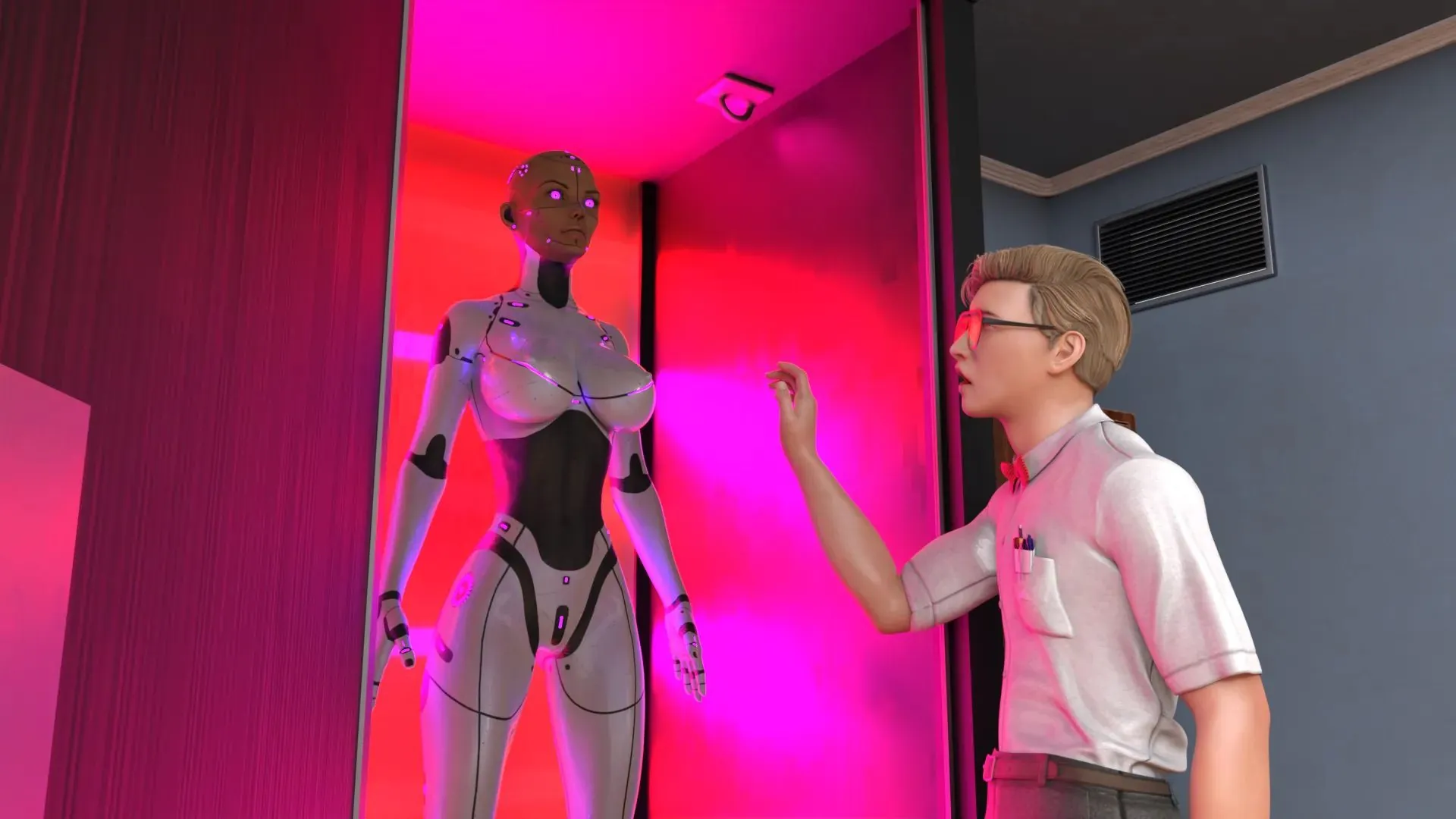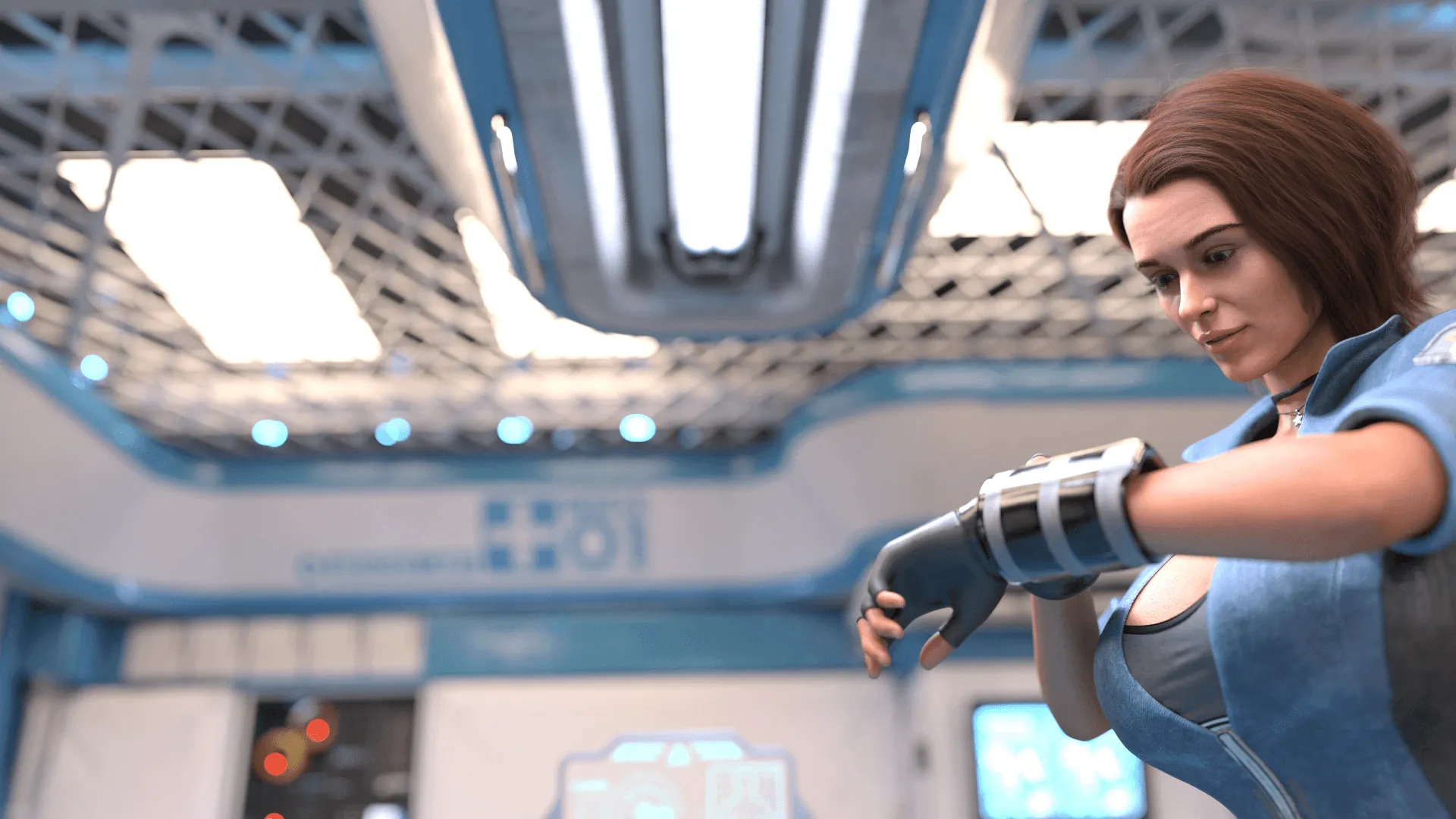
Stars of Salvation
Play Stars of Salvation
Stars of Salvation review
Explore the Gameplay, Characters, and Unique Features of Stars of Salvation
Stars of Salvation is a captivating visual novel that blends an engaging sci-fi narrative with interactive gameplay centered on character interactions aboard a spaceship. This article dives into the core elements of Stars of Salvation, highlighting its immersive story, character dynamics, and gameplay features that keep players hooked. Whether you’re new to the game or looking to deepen your experience, this guide offers practical insights and personal reflections on what makes Stars of Salvation stand out.
Exploring the Gameplay and Storyline of Stars of Salvation
Imagine being stranded on a colossal, mysterious spaceship, lightyears from home, with a crew of strangers who are your only hope for survival. That’s the immediate, gripping premise of Stars of Salvation, and it perfectly sets the stage for its incredible Stars of Salvation gameplay. This isn’t just about watching a story unfold; it’s about living it. Your every decision, from where you wander to who you talk to, directly shapes your journey through the stars. 🚀
As a fan of deep narratives, I was instantly hooked. The game masterfully blends a heart-pounding interactive sci-fi story with the thoughtful pacing of classic visual novel game mechanics. You’re not a passive observer; you are the protagonist, and the fate of the ship and its crew rests on your shoulders. It’s this powerful sense of agency that makes every moment feel significant and personal.
### What Is the Core Gameplay Experience?
At its heart, the Stars of Salvation gameplay loop is an elegant dance between exploration and conversation. Your day is divided into segments, and you choose how to spend them. Do you investigate the eerie, silent engineering deck to uncover a clue about the ship’s malfunction? Or do you seek out the enigmatic medical officer in the infirmary to learn more about her past? This choice is everything.
The core of the experience is built on two pillars:
* Exploring Ship Locations: The vessel, The Ouroboros, is a character in itself. Each location isn’t just a pretty background; it’s a repository of lore, potential clues, and, most importantly, other characters. I’ll never forget the first time I ventured into the overgrown hydroponics bay and stumbled upon the botanist, Elara, secretly cultivating Earth flowers. It was a moment I actively found, not one that was handed to me.
* Conversation and Choice: When you meet characters, you engage in branching dialogues. Your choices here are crucial. Agreeing with a character might gain their approval, while a challenging question could strain your relationship. These aren’t just “good” or “bad” choices; they feel like genuine interpersonal dynamics. This is the essence of character interaction in Stars of Salvation—it’s nuanced, rewarding, and deeply impacts the narrative.
This structure makes it a premier relationship building game. By investing time in your crewmates, you increase your relationship level with them, which unlocks exclusive story scenes, personal quests, and crucial information that can help you piece together the larger mystery. It’s a brilliant feedback loop where getting to know someone better literally helps you survive.
Here’s a quick guide to some key areas and who you might find there:
| Ship Location | Associated Characters | Potential Discoveries |
|---|---|---|
| The Bridge | Captain Valerius, Helmsman Kaito | Ship status updates, navigation logs, main plot clues |
| Hydroponics Bay | Botanist Elara | Clues about the ship’s ecosystem, personal mementos |
| Officer’s Mess | Most crew members during off-hours | Informal conversations, group dynamics, rumors |
| Engineering Deck | Chief Engineer Brynn | Technical data, secrets about the ship’s origin, repair mini-games |
| Observatory | Astrophysicist Juno | Star charts, cosmic phenomena data, philosophical talks |
### How Does the Story Unfold on the Spaceship?
The Stars of Salvation story is a masterclass in slow-burn science fiction mystery. 🪐 You begin with a simple goal: survive and find a way home. But as you explore the beautifully rendered, often hauntingly empty corridors of The Ouroboros, you quickly realize that nothing is as it seems. The ship has a history, and it’s shrouded in secrets.
The narrative progression is entirely driven by your curiosity. The main plot advances as you uncover critical clues, but these clues are often hidden behind the personal stories of your crew. To understand why the ship is drifting through a dangerous nebula, you might first need to help the engineer overcome her distrust of the AI core. This is what makes the interactive sci-fi story so compelling; the epic and the intimate are woven together seamlessly.
I remember a pivotal moment about ten hours into my playthrough. I had focused heavily on building a rapport with the stoic security chief, Marcus. Because we had a high relationship level, he confided in me about his suspicions regarding the ship’s previous captain. This confession wasn’t just a touching character moment; it opened up an entirely new branch of the main story I hadn’t even known existed, complete with a new area to explore. It felt like a reward for truly listening, making the Stars of Salvation story feel uniquely mine.
### What Makes the Interaction with Characters Unique?
Many games have relationship systems, but Stars of Salvation elevates character interaction in Stars of Salvation to an art form. 🤝 These aren’t quest dispensers or archetypes; they are fully realized individuals with fears, desires, and complex moral compasses. The game uses its visual novel game mechanics to dive deep into their psyches through intimate, well-written dialogue.
What sets it apart is how character relationships directly influence gameplay and story outcomes. Your crewmates will have different opinions on major decisions, like whether to risk a jump through an unstable wormhole or conserve power. If you’ve built a strong alliance, they will back you up. If you’ve neglected or angered them, they may challenge your authority or even withhold vital skills. This makes the relationship building game aspect not just emotional, but strategically important.
For example, on my first playthrough, I completely misjudged the astrophysicist, Juno. I found her aloof and spent little time with her. Later, when faced with a critical puzzle involving celestial navigation, I failed miserably because I lacked her expertise. On my second run, I prioritized our conversations, learned about her passion for cosmic poetry, and when that same puzzle appeared, she voluntarily stepped in and solved it effortlessly. It was a stunning demonstration of how organic and powerful these connections can be.
The Stars of Salvation gameplay is designed to make you care, and it succeeds magnificently. By the end of your journey, your choices in dialogue and exploration don’t just lead to a different ending screen; they lead to a profoundly different emotional conclusion. You’re not just saving a ship; you’re saving (or potentially losing) your friends. And that is the true star of this incredible salvation story. ✨
Stars of Salvation offers a compelling blend of sci-fi storytelling and interactive gameplay that invites players to explore a richly detailed spaceship environment and build meaningful connections with its characters. Its unique approach to narrative and relationship dynamics creates an engaging experience that stands out in its genre. Whether you enjoy immersive stories or character-driven games, Stars of Salvation provides a memorable journey worth exploring. Dive in and discover the adventure that awaits aboard the ship.
